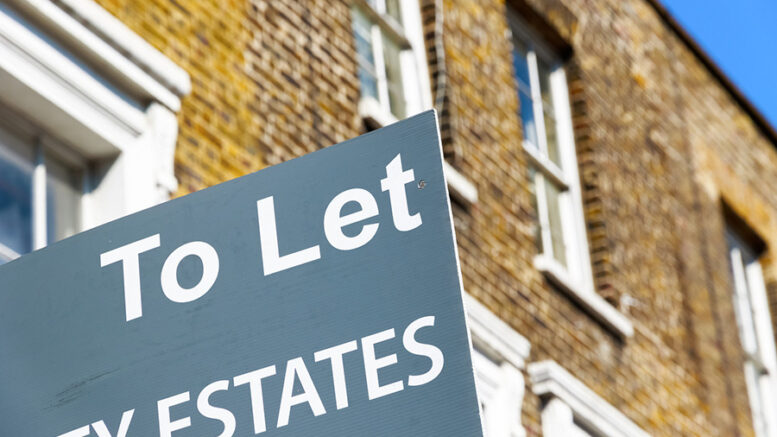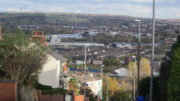Private renters in England now spend more than a third of their income on housing, fresh ONS data shows, underlining both the financial strain on tenants and the policy challenges facing landlords. The figures reveal affordability gaps across the UK, with landlords caught between rising mortgage costs, regulatory uncertainty, and political rhetoric.
England rental affordability above threshold
The ONS found that a household on median income in England typically spends 36.3% of their pay on rent-well above the 30% affordability benchmark. By comparison, the average outlay was 25.9% in Wales and 25.3% in Northern Ireland.
London remains the hardest place to rent, with the affordability ratio at 41.6%. This keeps England’s national average above the affordability threshold despite most English regions falling below it. Affordability has been unstable since 2016, but England has consistently stayed above the 30% mark.
Incomes have risen faster than rents since 2016 overall, yet since 2021, the pattern diverged: rents are now climbing faster than wages in Wales and Northern Ireland, while in England, income growth has narrowly outpaced rent increases.
Letting agents warn of landlord retreat
The Association of Residential Letting Agents (ARLA Propertymark) has warned that affordability concerns cannot be fixed without addressing the supply side. Megan Eighteen, ARLA’s President, said: “Affordability has tightened throughout the UK due to several factors, including rising mortgage rates, increased living costs, and stagnant wage growth in some regions. With the average rental price now sitting at £1,344 across the UK, a renter would need a salary of around £40,320 just to qualify to rent a home at this price.
“Ongoing regulatory and financial pressures on landlords are driving many out of the market, especially when there is such a pressing need for housing. Investment from reliable and professional landlords is essential, as the private rental sector is instrumental in providing housing for the nation.”
Her remarks echo warnings from the National Residential Landlords Association (NRLA), which has repeatedly argued that rent rises are not simply a landlord “cash grab” but a symptom of dwindling supply, fuelled by mortgage hikes and looming legislative changes such as the Renters’ Rights Bill.
Human cost of affordability squeeze
For renters, the squeeze is real. In Bristol, one of the least affordable cities outside London, tenants are typically spending well over 40% of their income on rent. “I’ve had the same two-bed flat for six years, but last year my rent went up by £150 a month,” said one tenant, Sarah L., a marketing manager. “If my landlord hadn’t agreed to stagger the increase, I’d have had to move.”
Landlords, too, are weighing up the balance between sustainable yields and political pressure. “I’d happily keep my rents steady, but my mortgage has gone up £400 a month,” explained David Patel, a landlord in Brighton. “If the government really wants affordability, they need to stop chasing landlords out of the market.”
The ONS also noted that two-thirds of local authorities in England and Wales-around 217-still have average rents below the 30% affordability threshold. Yet the least affordable areas continue to cluster in London and commuter towns such as Sevenoaks and Watford, alongside regional hubs like Bath and Brighton.
Editor’s view
The data highlights a paradox: tenants are struggling with affordability, yet the policy environment discourages landlords from investing in new rental supply. Political short-termism-clamping down on landlords without solving the housing shortage-risks deepening the crisis. The real test is whether policymakers will create conditions where professional landlords can expand responsibly, or whether tenants will pay the long-term price through ever-rising rents.








